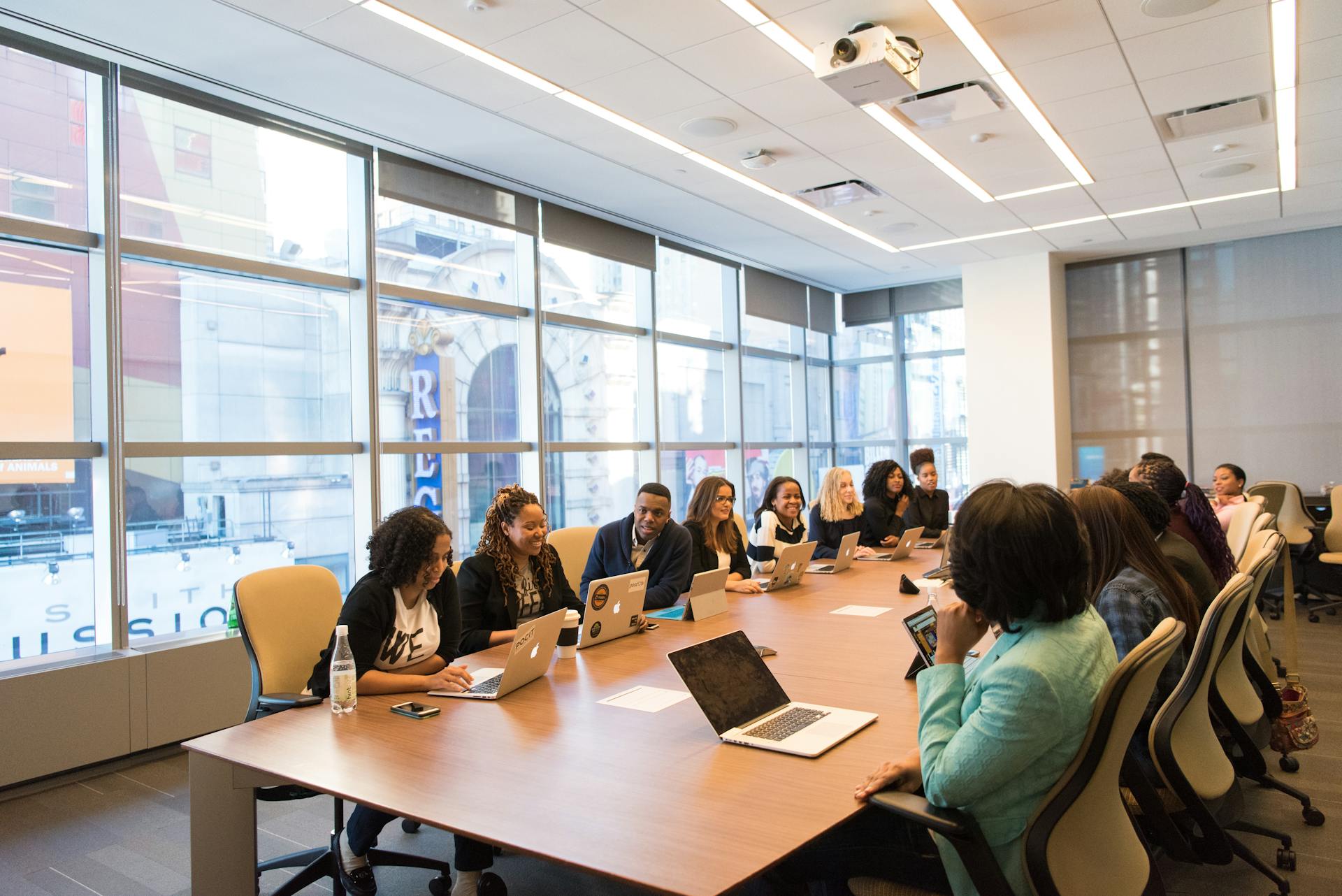Business meetings are an essential part of any organisation. They provide opportunities for collaboration, decision-making, and sharing of ideas. However, unproductive meetings can be a waste of time and money. Follow these dos and don’ts to ensure your business meetings are as productive as possible.
Gather the Right Tools
Make sure the AV equipment you need is set up and working correctly and use a meeting notes template to record what’s said.
Set a Clear Agenda
The key to a productive meeting is having a clear agenda. Your agenda should outline the topics to be discussed and the desired outcomes. Send the agenda to attendees in advance so everyone can prepare. At the start of the meeting, review the agenda so all participants understand the goals. Throughout the meeting, keep discussions focused on the agenda topics. Having a clear roadmap will streamline the conversation.
Choose an Appropriate Time and Place
When scheduling a meeting, ensure the date, time and location are convenient for all required attendees. Avoid Monday mornings when people are just getting organised and Friday afternoons when energy is low. Midweek morning or early afternoon tend to be optimal times. Also, consider an appropriate venue. If people will be dialling in remotely, choose a room with conference call facilities. For smaller groups, an informal breakout space may help stimulate creative thinking.
Require Preparation from Attendees
Don’t let your meeting devolve into an information download for people who didn’t do their homework. Before the meeting, provide relevant background materials and instructions for participants to review. Make it clear upfront that everyone is expected to arrive prepared. You’ll maximise meeting time by not having to cover basic information people could have learned on their own.
Limit the Number of Participants
The ideal meeting has between 5-8 attendees. Any fewer and you may not have the diversity of input needed. Any more, and things become unwieldy and difficult to manage. Evaluate who truly needs to participate and limit attendance to those people. For larger groups, summarise key discussion points after the meeting so others stay informed.
Start and End on Time
Respect people’s schedules by beginning and ending your meeting as planned. Start promptly even if a few attendees are late. End on time even if you didn’t get to every agenda item. Move any unfinished business to a follow-up meeting rather than running over. Making punctuality a priority will encourage good habits.
Ban Technology Multitasking
Mobile phones, laptops and tablets often prove more distracting than helpful in meetings. Insist participants turn off or mute devices for the duration of your meeting. No checking emails under the table or surreptitiously browsing social media. Multitasking divides attention, disrupts flow, and sends the message that the meeting is not important. Stay engaged and focused.
Assign Action Items
A meeting should drive progress through tasks and next steps. Before wrapping up, recap all decisions, assignments and action items so there is no confusion about responsibilities. Document clearly in the meeting notes who is expected to do what by when. Establish a system to track progress on action items at future meetings, holding people accountable.
Solicit Participation from All Attendees
An engaged, inclusive discussion leads to better outcomes than a meeting dominated by a few loud voices. As the chairperson, try to draw quiet people out by directly asking for their opinions. Gently cut off rambling monologues or tangential conversations that derail momentum. Make sure different perspectives are heard.
Meet Standing Up
Sitting down for long periods can make meetings feel sluggish. For a change of pace, hold stand-up meetings where everyone remains on their feet. People tend to make points more concisely when not ensconced in a comfy chair. Stand-up meetings work best for quick check-ins, brainstorming sessions or status updates. They help keep things energetic and fast paced.
Provide Light Refreshments
Offering drinks, snacks or light meals keeps meeting attendees content, focused and energised. Beverages help maintain hydration and foods supply a handy energy boost. Avoid heavy meals that can make people feel sleepy. Stick to bite-sized foods, fruit, nuts or energy bars. Just the occasional coffee break can also perk up participants’ concentration and mood.
By following these dos and don’ts, you can transform tedious business meetings from time-wasting frustrations into productive engines of progress. With a bit of planning and preparation, your meetings will keep people engaged, informed and motivated to achieve results. Make sure your meetings have clear purpose and run smoothly, and you’ll be rewarded with better decisions, improved alignment and stronger collaboration across your organisation.








